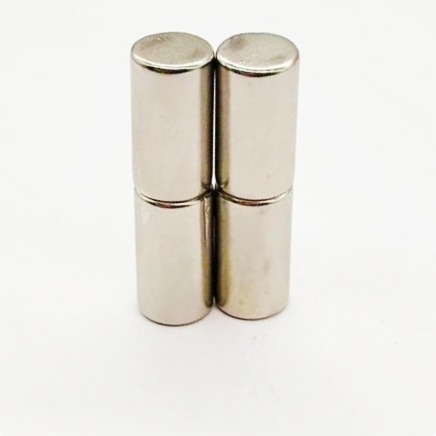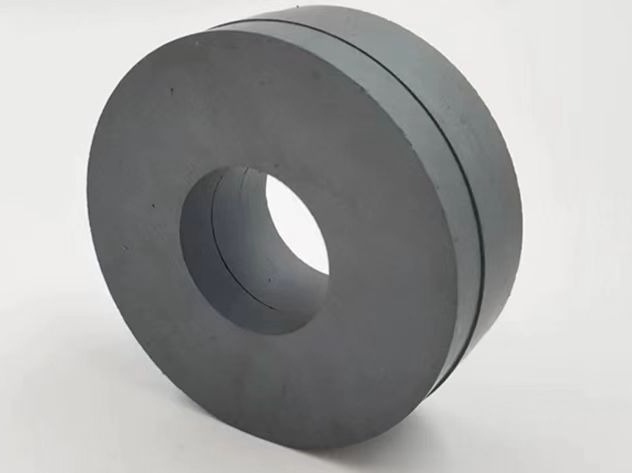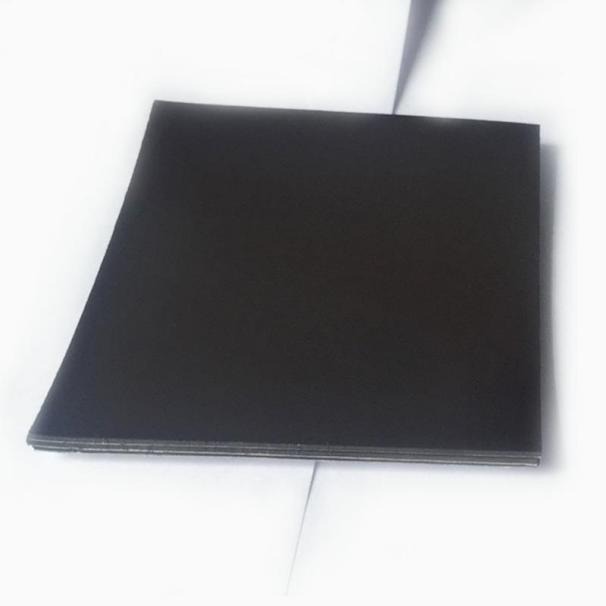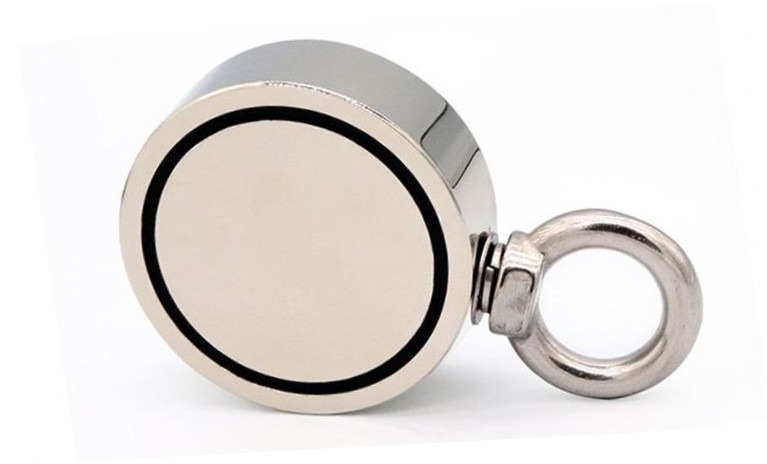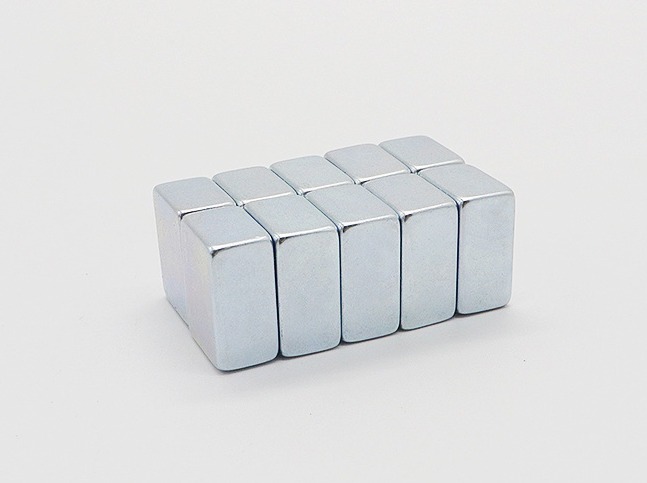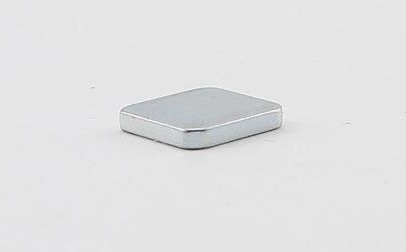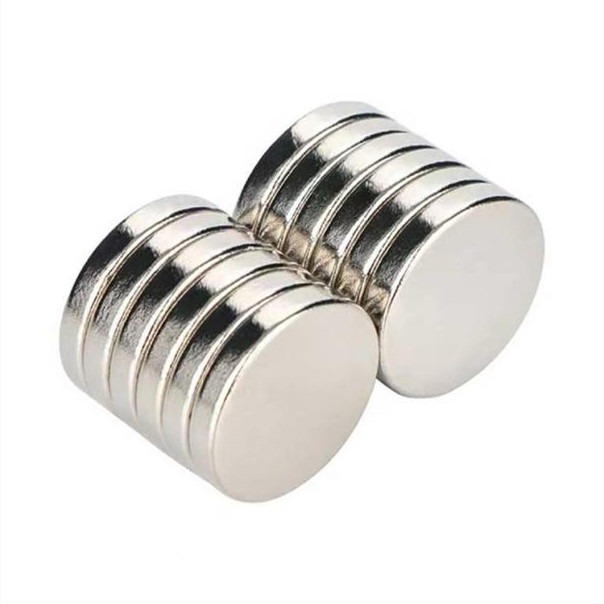What is the Principle of Magnetism Produced by Magnets
Magnets work becuase of magnetism, Could you know the principle of magnetism produced by magnets? We’ll discuss this theme in the aritcle.
Why Most Substances Don’t Have Magnetism
Most substances do not appear magnetic under normal conditions.
Reason: Most substances are composed of molecules, molecules are composed of atoms, and atoms are composed of atomic nuclei and electrons. Inside the atom, the electrons keep rotating around the nucleus. These two movements of electrons produce magnetism.
But in most materials, the direction of electron movement is different, and the magnetic effect counteracts each other. Therefore, most materials do not show magnetism under normal conditions.
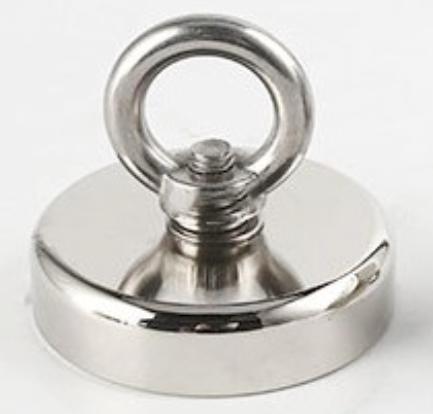
the Reason Why the Magnet is Magnetic?
Magnets can be divided into neodymium iron boron magnets, ferrite magnets, aluminum nickel cobalt magnets, samarium cobalt magnets, etc. according to different materials.
The composition of the magnet is iron, cobalt, nickel and other atoms, and the internal structure of the atoms is relatively special. The electron spins in ferromagnetic materials such as iron, cobalt, nickel or ferrite can be arranged spontaneously in a small range to form a spontaneous magnetization region, which is called magnetic domain.
What Are Magnetic Domains?
A magnetic domain is a small area inside a magnetic material. There are a large number of atoms in each region. The magnetic moments of these atoms are arranged like small magnets, but the magnetic moments of atoms between different adjacent regions are arranged in a disorderly way.
After the ferromagnetic materials are magnetized, the internal magnetic domains are arranged orderly and in the same direction, so that the magnetism is strengthened and a magnet is formed.
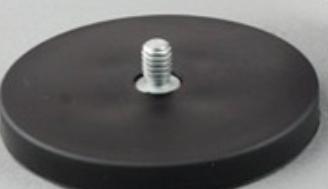
What is the Principle of the N Pole and S Pole of the Magnet?
The electrons in materials have spin magnetic moments. And electrons move around the atomic nucleus like planets around the sun, generating orbital magnetic moments. The superposition of the spin magnetic moment and the orbital magnetic moment forms the total magnetic moment of the electron.
When these magnetic atoms are arranged in the same direction, the material as a whole becomes magnetic.
Since the magnetism of the magnet itself comes from the magnetism of the atoms inside the magnet, and the atom itself is like a tiny magnet with N and S poles, it can also be said that the magnetic poles are paired in the micro, so no matter how the magnet is cut, there will always be N and S poles.
How to Distinguish the N Pole and S Pole of a Magnet?
Distinguish bar magnet:
Use a thin wire to lift the magnet from the middle and let it rotate. When it stops, the N pole points to the north and the S pole points to the south.
Distinguish U-shaped magnet:
Contact one pole of the magnet to be tested with the N pole of a bar magnet with known pole direction. If they attract each other, this pole of the magnet to be tested is the S pole and the other is the N. If they repel each other, the pole that the magnet to be tested contacts is N pole and the other pole is S.
Distinguish circular magnet:
The two stages of a circular magnet are generally on two sides. A thin wire can be used to lift the magnet from the middle. Make the two faces of the magnet perpendicular to the horizontal plane. When it stops, the N pole points to the north and the S pole points to the south.
Distinguish spherical magnet:
Step 1: determine the magnetic pole
The first method is to put the magnet in the fine iron filings, and the two positions that attract the most iron filings are the magnetic poles.
The second method is to use an iron block to suck up the magnet from above, so that the magnet naturally droops. The contact position and the relative position with the iron block are magnetic poles.
Step 2: Determine the North and South Poles
Place the two poles of the magnet on a smooth horizontal surface, or put the magnet in a bag and lift it with a thin rope. Also, make the two poles of the magnet roughly horizontal. When it is still, the N pole points to the north and the S pole points to the south.
The simplest method: use the known north and south pole magnet to suck up the spherical magnet from the top. If the spherical magnet naturally droops, the contact between the two magnets is a different magnetic pole, and the other side of the spherical magnet is another magnetic pole.
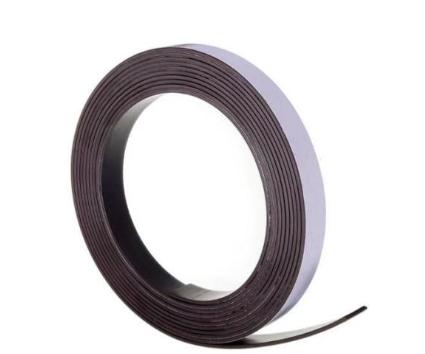
KENENG can produce neodymium iron boron magnets, ferrite magnets, aluminum nickel cobalt magnets, samarium cobalt magnets and other types of magnets, and also provide magnets of various shapes, such as spherical, annular, cylindrical and other conventional properties. If there are special needs, both parties can also provide customized magnet services after communication.

